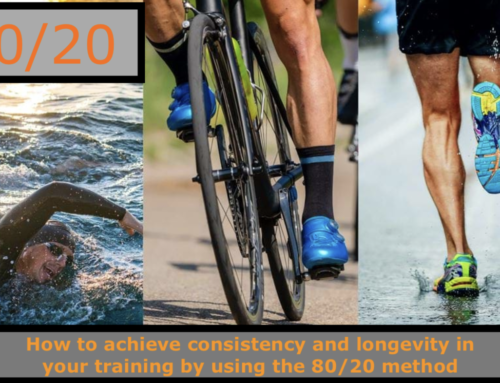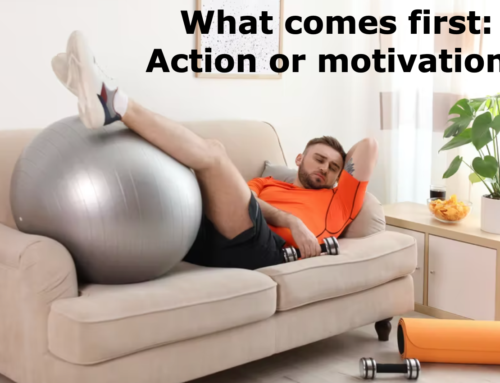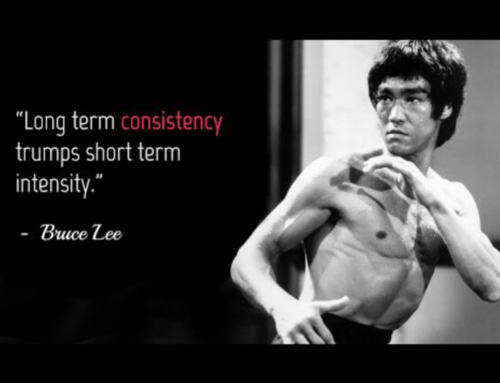In a recent podcast call my guest, professional swim coach, Josh Spencer stated: “There are only two ways to get faster in the pool – reduce the drag, and increase propulsion.”
Increase propulsion to get faster
To create more propulsion you have to have better technique for a better catch, and then apply power to the water from the arm stroke or the kick. In the minds of most swimmers and triathletes this means “work hard in the pool”. Swim fast to get faster (high intensity or CSS pace intervals) is the favoured approach. It’s hard work, it can take a while to really drop times, but (and this is the key) it feels like you’re doing the right thing. What’s not to love about feeling like you’ve had a hard workout? It sure gets the endorphins racing! But as many have found, all this hard work in the pool can sometimes bring scant rewards.
Reduce drag to get faster
The alternative approach is to focus on reducing drag. (i.e. be more streamlined). Create a better body position, have a tighter catch, and an efficient kick. For me, this is about more mobility work on dry land, along with focussed technique work in the pool.
First, let’s talk about mobility. Nearly all of us have tight hip flexors, a tight chest, tight shoulders & tight upper back. The main culprits are nearly always too much sitting, especially when driving or working at a computer, compounded by the volume of the bike and run work. The antidote is daily mobility. There needs to be a lot to counter the offenders mentioned above, but if you start with a small amount and go from there, that will be good enough for now.
It’s not as glamorous as a set of CSS reps in the pool, and it may not give you the endorphin rush, but it’s just as effective. Maybe more so, because of the additional health benefits. More mobility/flexibility will help you attain and maintain a better running posture, and on the bike, you’ll be able to achieve a better aero position and hold it longer. There are literally no downsides!
Josh’s final comment about this was that arguably one could end up faster after a concentrated period of mobility and Z1/2 swimming than a block of CSS work. Have a think about that and feel free to get back to me if you’d like to discuss in more detail.
Efficient technique
Continuing on the lines of reducing drag, I want to expand on the impact of efficient technique. Developing efficient motor skills that are robust enough to be sustainable under pressure (swimming fast or when fatigued) takes months if not years of devoted practice. Of course, if you are on board with the idea of the 1000-day plan (I mentioned this in a recent email), then allowing time for improvements to take place will be easy. If you’re impatient for progress or have a very short-term goal, then this email might not be for you.
Let’s assume you’re going to be devoting some time each day to mobility. That’s a good start, as it will allow you to achieve the most streamlined position. Now you need to work on technique. As Josh says in the podcast you must know what you are doing in the water first. That requires the input of a good coach, preferably with some video feedback so you can actually see what’s happening.
Identify your flaws and practice!
The next step is for you and the coach to identify your key flaw and agree on 3 drills that are progressive. Now you need to practice, practice, practice. Every session. As part of the warm-up. Do this because it’s going to make a difference . . not because it’s the segue to your main set. This IS your main set.
As you become more proficient, then of course add some longer reps. But to begin with, there’s no need for you to go hard (that might be hard to swallow, but there it is!). When you feel your technique falling apart, take a short rest and then go back to the drills.
I challenge you to try this for at least 4 weeks. See what happens.
If you want to be a faster swimmer, please do not write this off as a waste of time.
WARNING: You may have to swim in a slower lane or go to the pool and swim on your own. For the first few weeks, you will feel like you are going backward. But it’s about the long term, right? Remember the 1000-day plan?







Leave A Comment